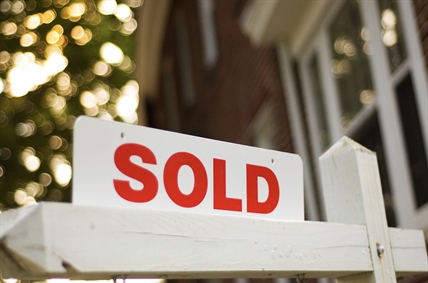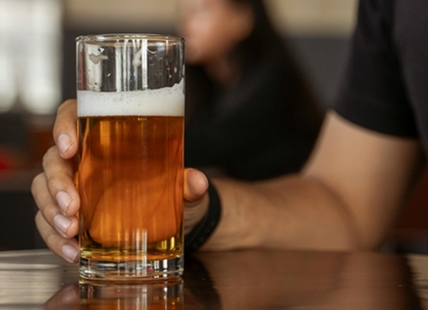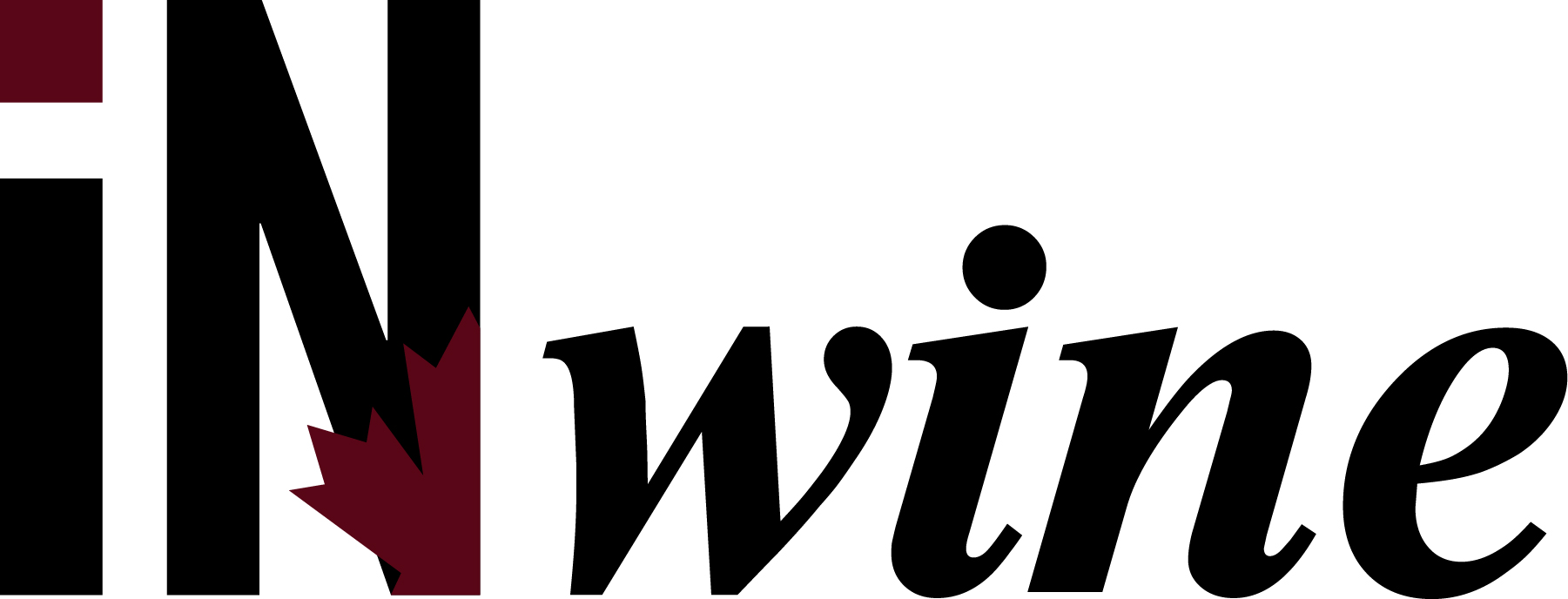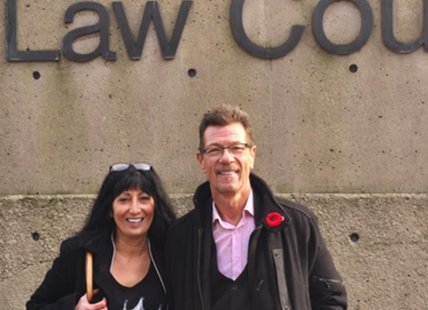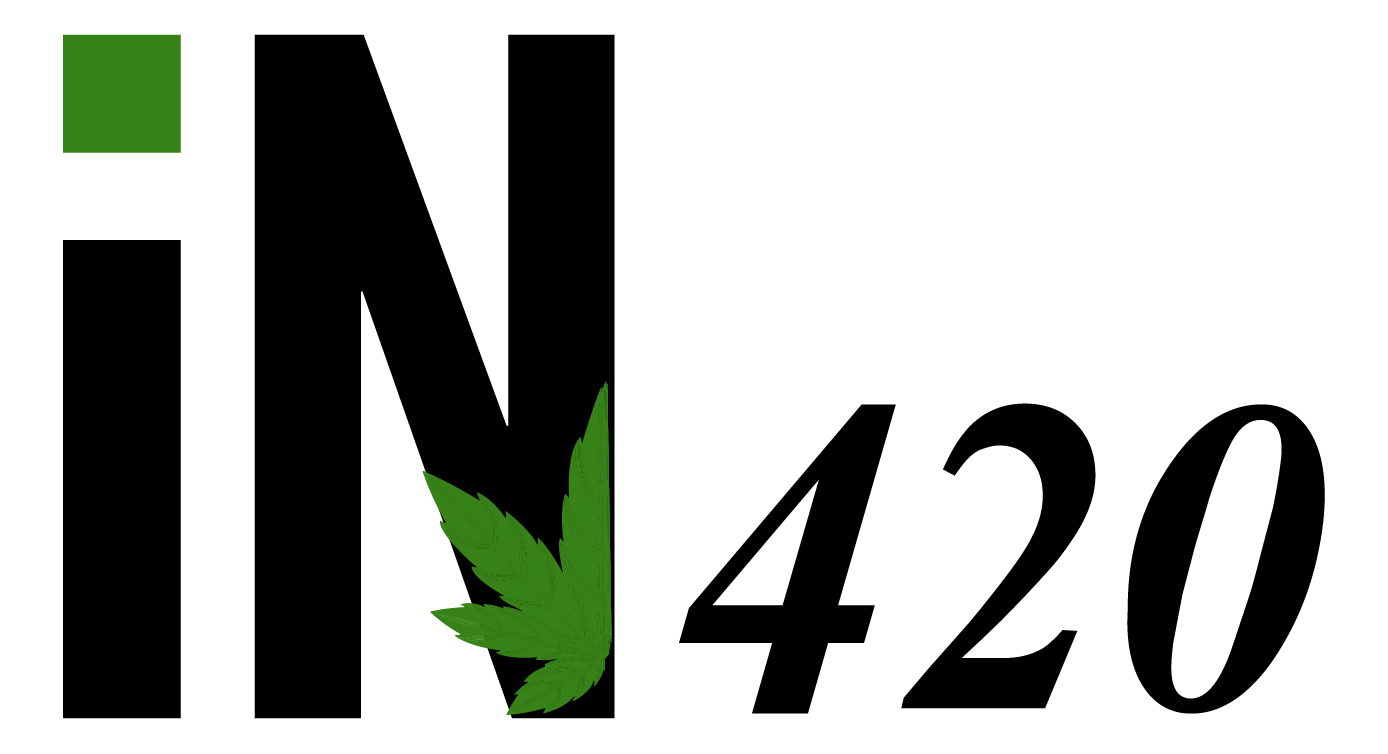It's going to be a great year to sell your house, especially if you live in Kelowna
The boom in the Okanagan real estate market that hit in the second half of 2020 and pushed prices up dramatically is predicted to continue or even speed up this year.
That’s the message delivered by two real estate experts who spoke during a Kelowna Chamber of Commerce webinar today, Jan. 27.
Part of the push came from the pent-up demand created by the shutdown of the economy because of COVID-19 in the spring. That’s the busy season in the Okanagan real estate market. Instead, the demand shifted to the normally slower fall and winter.
Part of increased demand is coming from people working from home who are looking for bigger spaces. Some of those are local but there’s been a huge in-migration of people from outside the Central Okanagan.
Some of the demand simply comes from an aging population.
“In the next five to 10 years, in Kelowna especially, you not only have millennials entering their first time home ownership years and their prime earning years – they’re all going to be in the market – then you have retirees,” Brendon Ogmundson, chief economist with the B.C. Real Estate Association, said during the Zoom session.
“You’re going to get, in Kelowna, this huge wave of millennials who are going to hit the market at one point and another big wave of baby boomers that are retiring and looking to come to Kelowna. It’s a lot of demand from demographics and, when you have those demographic demands in markets that are really undersupplied in terms of listings, you’re going to get accelerating prices.”
Local realtors have seen a big increase in out of area buyers, partly from the Lower Mainland but many also from Alberta looking for economic opportunities, Kim Heizmann, president of the Association of Interior Realtors, said.
Some Albertans, who are suffering from hard times, sold off their recreational properties in the Okanagan but others are moving out in order to live in the valley full time.
Even with the selloffs, the number of new listings has not kept pace with the demand from buyers so prices have gone up significantly and, Ogmundson predicted, will continue to increase at double-digit percentage rates as long as the supply remains tight.
The benchmark price for a single-family home in Kelowna is up by more than 10 per cent over last year to $746,800, Heizmann said. In the Upper Mission neighbourhood, it’s $998,000.
Her board compares a similar, typical home and what it sells for versus average or median prices.
A statement on the Kelowna Chamber website promoting today's presentation said the median price in Kelowna is $950,000.
Average prices went up by 15 per cent in the Interior region that stretches from Penticton to the Shuswap and Revelstoke, Heizmann said. Total residential sales set a record at $5.9 billion, up from $4.7 billion in 2016.
The recession caused by COVID-19 was very different than past recessions, Ogmundson explained.
Past recessions hit all income groups but COVID-19 hit low income people – who are usually renters – hard while wages for higher income people, who are home buyers, actually went up six per cent through the year, he said.
That, combined with record low mortgage rates, helped fuel the demand for housing. Mortgages are now at 1.8 per cent, a drop of 0.7 per cent from previous lows, Ogmundson said.
And, despite the fact that some sectors are still hurting, B.C.’s employment is at 98 per cent of where it was before the pandemic, he said, speculating that, when final year-end statistics come in, the B.C. economy will likely show some growth over last year in November and December.
Partly due to government relief programs and partly due to “precautionary saving,” Canadians had a 30 per cent savings rate in the first quarter of the year, the highest on record, Ogmundson said. In the second quarter it was still at 17 per cent, compared to a normal savings rate of less than five per cent.
That means there’s $75 billion in bank accounts that’s waiting to be spent. Some of that is going to home renovations, furniture and appliances as people spent more time at home and saw deficiencies. Some of that money is going into near cars and some of it will go into home buying.
He predicted that B.C.’s economy will grow by about five per cent this year.
— This story was corrected at 11:19 a.m. Thursday, Jan. 28, 2021 to say employment is 98 per cent of 2019 levels and economic growth is expected to be positive in the last two months of the year.
To contact a reporter for this story, email Rob Munro or call 250-808-0143 or email the editor. You can also submit photos, videos or news tips to the newsroom and be entered to win a monthly prize draw.
We welcome your comments and opinions on our stories but play nice. We won't censor or delete comments unless they contain off-topic statements or links, unnecessary vulgarity, false facts, spam or obviously fake profiles. If you have any concerns about what you see in comments, email the editor in the link above.



